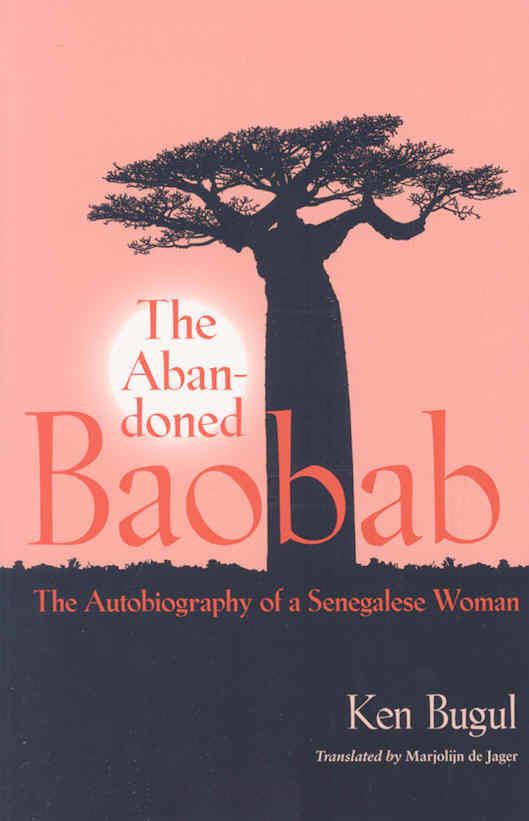7.6 /10 1 Votes7.6
Originally published 1982 | 3.8/5 Goodreads | |||||||||||||||||||||||||||||||||
 | ||||||||||||||||||||||||||||||||||
Similar Riwan ou le chemin de sable, Scarlet song, So Long a Letter | ||||||||||||||||||||||||||||||||||
The Abandoned Baobab is a book written by Ken Bugul, which is actually a pseudonym for Mariètou Mbaye Biléoma. She was urged to publish this book under a pen name since the subject matter of the novel deals with things that are not traditionally considered appropriate in Senegal. The book was originally published in French in 1982 as Le Baobab Fou and was translated in English in 1991.
The book is written from the perspective of a Senegalese woman living in diaspora, named Ken Bugul, and the book is largely biographical. However, while the novel does reflect true events, it is not a completely authentic re-telling of those event. Bugul uses her own experiences to shape the narrative, but the story is not a chronological re-telling of the events. The book is crafted in a way that the reader can understand a clear narrative and understand the effects of post-colonialism on a young Senegalese woman living in diaspora.
The novel begins and ends with the baobab tree, which is of great symbolic importance in the novel. Of Bugul's use of the baobab tree, Shirin Edwin writes:
The baobab tree, born from the seed planted long ago by a little boy, symbolizes nature, growth, and prosperity as it sustains life and as its protective shade nourishes this small village of Ndoucoumane. This relatively short account in "Ken's Prehistory" puts in perspective the main theme in the form of the baobab tree that does not perish in the fire and whose roots stand for tradition and custom that run deep and strong in this small African village.
